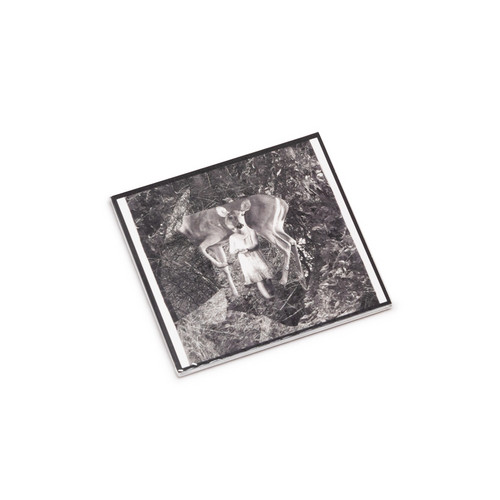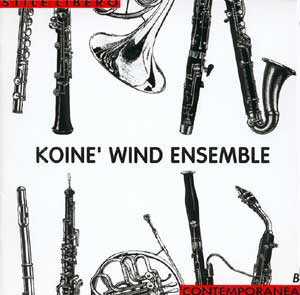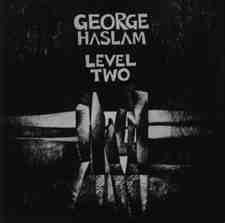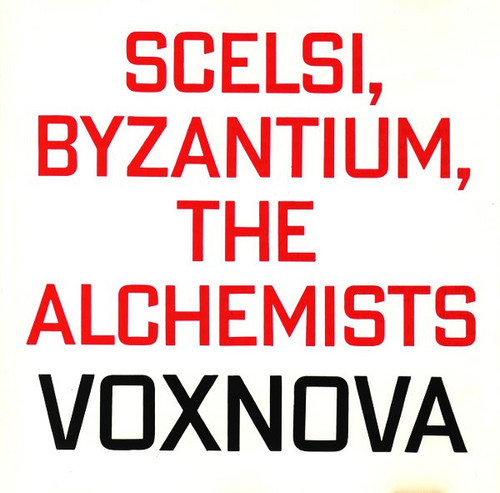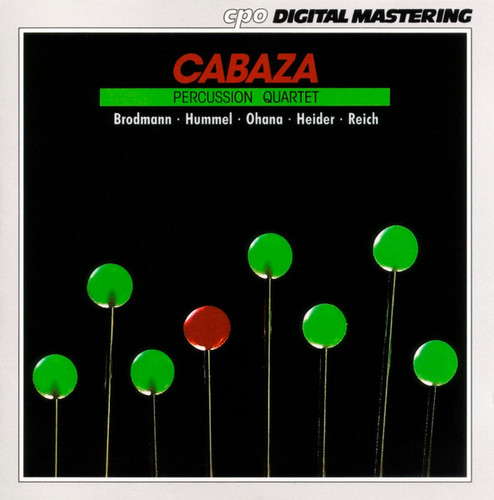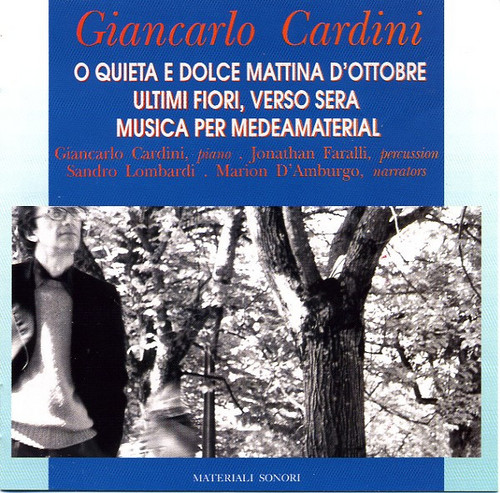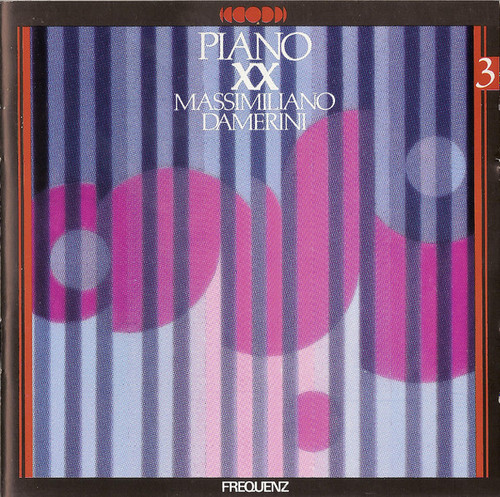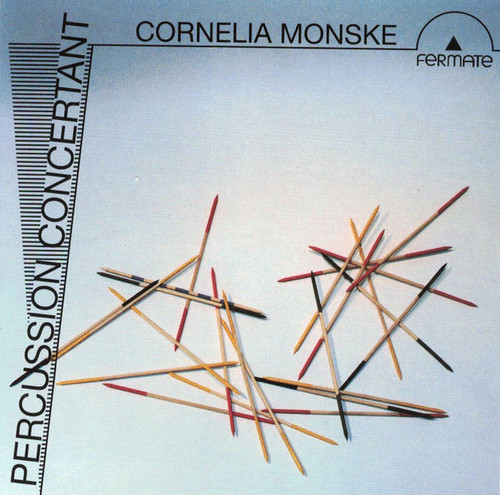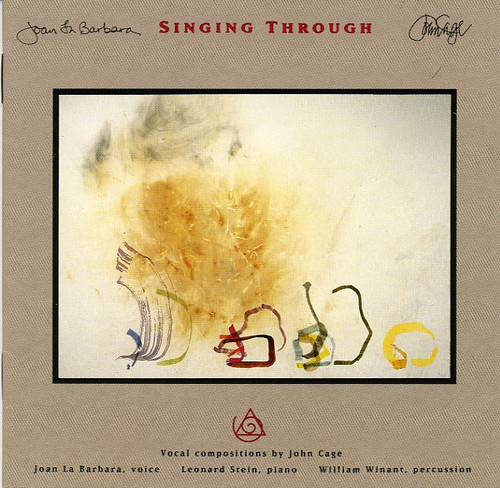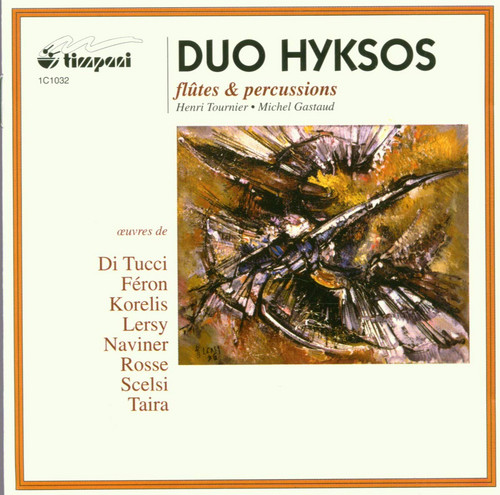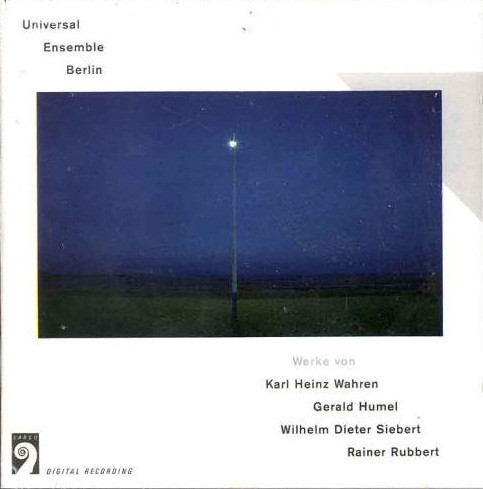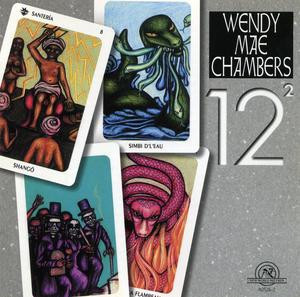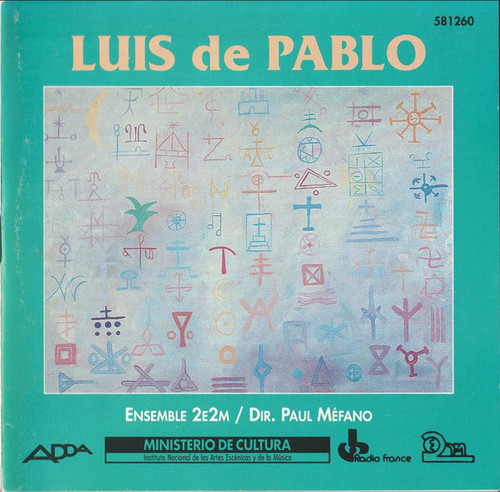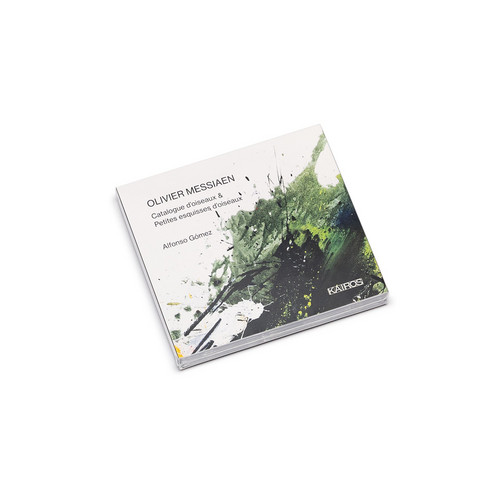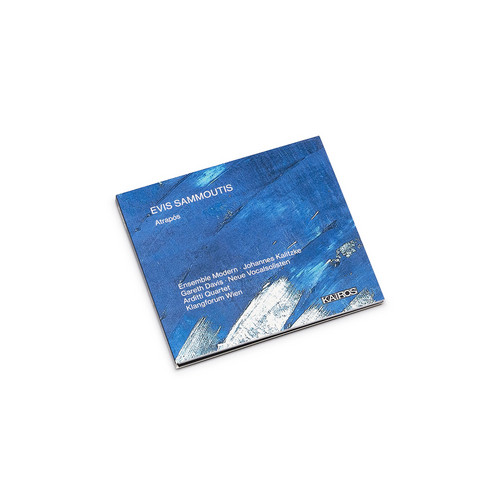Ascending Music
The pieces brought together here were assembled as the fruit of collaboration undertaken by Falzone and Evans-Weiler. Instrumentation is the strongly unifying element. The reed organ, once ubiquitous in the private music setting of the home as well as a default practice instrument for organists, is now regarded as something of a relic of the past. However, the instrument continues to afford certain distinct advantages, particularly with regard to dynamic variation by virtue of the player’s direc…
Simultaneous Contrast
After-Image traces composer Lila Meretzky’s exploration of memory, color, and time through chamber, vocal, and electroacoustic works, culminating in luminous studies for strings and percussion inspired by personal and historical narratives.
A lifetime of annotations
Feldman and Tobias Hume (performed by Luciana Elizondo and Guy Vandromme).
Contemporanea
1994 release ** Contemporary music for winds by Alessandro Solbiati, Pietro Borradori, Ruggero Laganà,Massimo Ambrosini, Claudi Scannavini, Paolo Aralla, Umberto Bombardelli, Cristina Landuzzi.
Level Two
1993 release ** Free improv quintet led by saxophonist George Haslam, who is joined by trombonist Paul Rutherford, pianist Howard Riley, bassist Marcio Mattos and drummer Tony Marsh, plus vocalist Liz Hodgson on two tracks. “George Hasam's Level Two has been in existence, with various personnel changes, since 1987. It plays improvised music, a form Haslam describes as located between Level One (the performance of compositions) and Level Three (completely abstract sonic textures). Of course even …
Scelsi, Byzantium, The Alchemists
1994 release ** "From the Byzantine Alleluia that begins this ritual to the Scelsi Alleluia that brings it to a close, a circular program weaves a path through the world of Christian theology, Jewish tradition and alchemy, brought together by the universalist music of Giacinto Scelsi. Michael Maier was an alchemist composer whose three voice fugues speak of bizarre cures and spiritual unions. Veronika Krausas set a text by Quintan Ana Wikswo evoking the first female alchemist, Maria the Jewess. …
Cabaza Percussion Quartet
1990 release ** 20th Century percussion music by Hans-Günter Brodmann, Bertold Hummel, Maurice Ohana, Werner Heider, Steve Reich.
Piano XX Vol. 3
1989 release ** 20th Century piano music by Nikolai Roslavetz, Arnold Schoenberg, Karlheinz Stockhausen, Luciano Berio, Brian Ferneyhough, Sylvano Bussotti, Salvatore Sciarrino.
Percussion Concertant
1992 release ** "This audite recording pits percussion sounds from Europe and the Far East against each other, creating exciting contrasts. Significant twentieth-century Japanese composers place the marimba at the central point of their compositions and incorporate strongly extra-musical impressions in them. In Dream of the Cherry Blossoms, Keiko Abe was inspired by the blossoming of cherry trees celebrated annually in Japan; the work borrows elements from a traditional folksong. Akira Miyoshi's…
Haiku In The Wide World
This is a lovely and surprising treat indeed. Composer andmulti-instrumentalist Tim Hodgkinson (Henry Cow and much more) partners with vocalist Atsuko Kamura (Mizutama Shobodan aka PolkaDot Fire Brigade and Frank Chickens) to present 37 compositions,expanding the usual sub-10-second acoustic life of classic haiku into avaried suite of compositions which place the gem-like poems, spokenand sung in both English and Japanese by Hodgkinson and Kamura,into gorgeous musical frames composed by Hodgkins…
The Perilous Night / Four Walls
1991 release ** How well early, full notated, Cage is standing the test of time, especially the works for prepared piano and for percussion. The Perilous Night is a 12-minute prepared piano piece completed two years before Cage started his classic Sonatas and Interludes. The Perilous Night, which uses fairly elaborate preparations, is nothing like so well known, although included on Jeanne Kirstein's important 1970 CBS double LP. The connection between Cage and Jasper Johns was re-emphasized whe…
Singing Through
1990 release ** "Beautifully performed pieces from 1942 to 1985 by vocalist Joan LaBarbara with piano and percussion. Contains: A Flower (1950), Mirakus (1984), Eight Whiskus (1984), The Wonderful Widow of 18 Springs (1942) for voice and closed piano, Nowth upon Nacht (1984), Sonnekus (1985), Forever and Sunsmell (1942), Solos for Voice (from the Songbooks) #'s 49, 52, 67 (1970), Music for Two (by One) (1984)."
Flutes & Percussions
2011 release ** Works for flute and percussion by Petros Korelis, Jacques Di Tucci, Roger Lersy, François Rosse, Alain Féron, Giacinto Scelsi, Yoshihisa Taira, Jean-Yves Naviner.
Universal Ensemble Berlin
1990 release ** "The 'Gruppe Neue Musik Berlin' (Berlin New Music Group) represents an interesting aspect of Berlin's recent musical history: unlike comparable ensembles in other German cities, it is not, and has never been, committed to a unified style or to any one school. Although an organised, creative group, improvisation remains a permanent element. The cooperative project's aim is to facilitate performances outside the avant-garde music establishment, while preserving a high standard of i…
12²
1998 release ** "Wendy Mae Chambers (b 1953) is known for the scope and originality of her works, typified by large and unusual instrumental combinations. In Chambers’s own words, Twelve² is a voodoo tone poem in eleven movements for twelve percussionists. Each movement is about 4 minutes in length. The last movement is 4'33" of lots of sound (in tribute to John Cage's 4'33" of silence). Voodoo drumming [calls] forth Cage’s spirit and the bells, chimes, and gongs [celebrate] ... celestial qualit…
Devils On Drums (From The Sado-Island / Japan)
1986 release ** "Ondekoza (鬼太鼓座, Ondekoza) ("demon drum group"), sometimes referred to as "Za Ondekoza", is a Japanese troupe specializing in taiko drumming. Founded in 1969 by Den Tagayasu, Ondekoza was influential in the rise of the kumi-daiko (group taiko) style of taiko. Not a taiko player himself, Tagayasu helped transform taiko from a festival-based music form to a virtuosic performance art performed on stage. Ondekoza's performances in North America in 1975 was the first exposure for many…
Notturnino / Concierto De Camara / Dibujos / Cinco Meditaciones / Cuatro Fragmentos De Kiu
1991 release ** "Luis de Pablo represents the first post war generation in Spain, a lawyer, his music has graced all the primary festivals of new music in Europe, not so much the USA,nothing at all. He writes incredibly for strings in any genre there, solo, duets or trios. These pieces are more colorful mixtures of winds percussion,piano and strings and reveals a certain surface playfulness, an affinity for the dance gesture I think. The Notturnino has a kind of wispy arid flush of colours, ongo…
Catalogue d’oiseaux & Petites esquisses d’oiseaux
Olivier Messiaen saw birds as his greatest teachers, capturing their songs with passion and precision. His piano works, especially Catalogue d’oiseaux and Petites esquisses d’oiseaux, translate birdsong into rich, colorful music. Messiaen’s fascination with rhythm, color, and nature shaped his compositions, blending ornithology with spirituality. Pianist Alfonso Gómez delivers an astonishing interpretation on this recording, adding to his acclaimed discography for this label. As Messiaen himself…
Atrapós
Evis Sammoutis’ music is a dynamic fusion of physicality, virtuosity, and cultural depth. Drawing on his Cypriot roots and diverse training, his compositions explore tactile soundscapes, poetic contrasts, and neurological aesthetics. Works like Echopraxia and In Darkness challenge conventions of imitation and vulnerability, while Rhymes and Engravings evoke intricate structures and materiality. Inspired by literature, visual art, and the expressive potential of sound, Sammoutis crafts music that…

